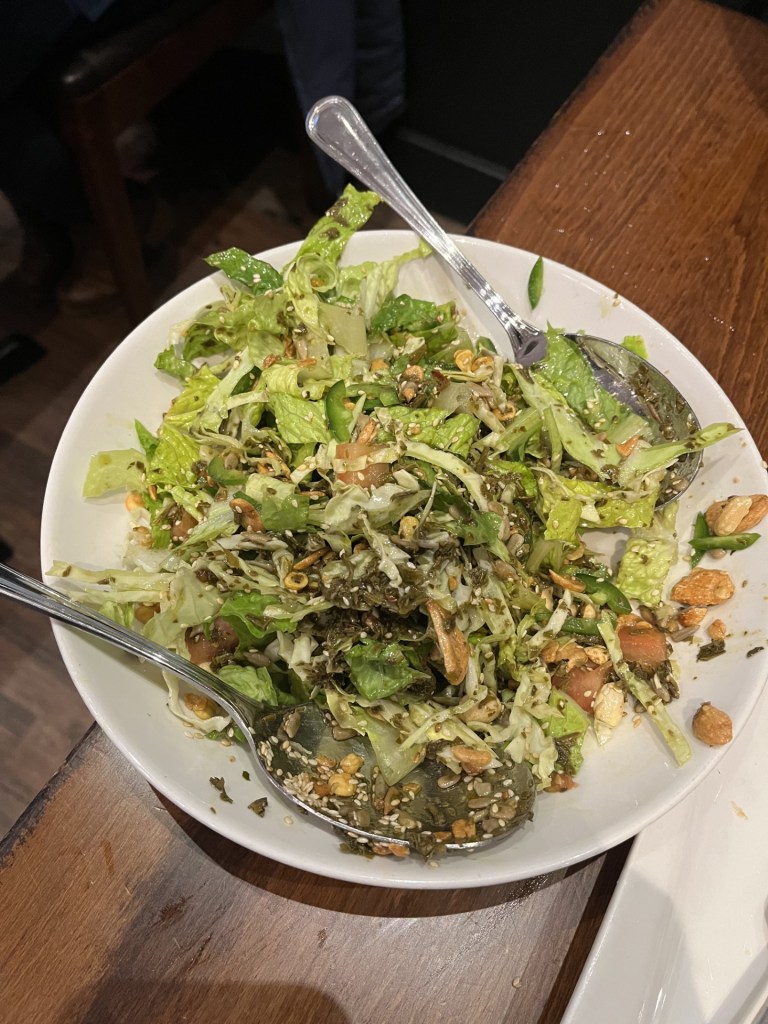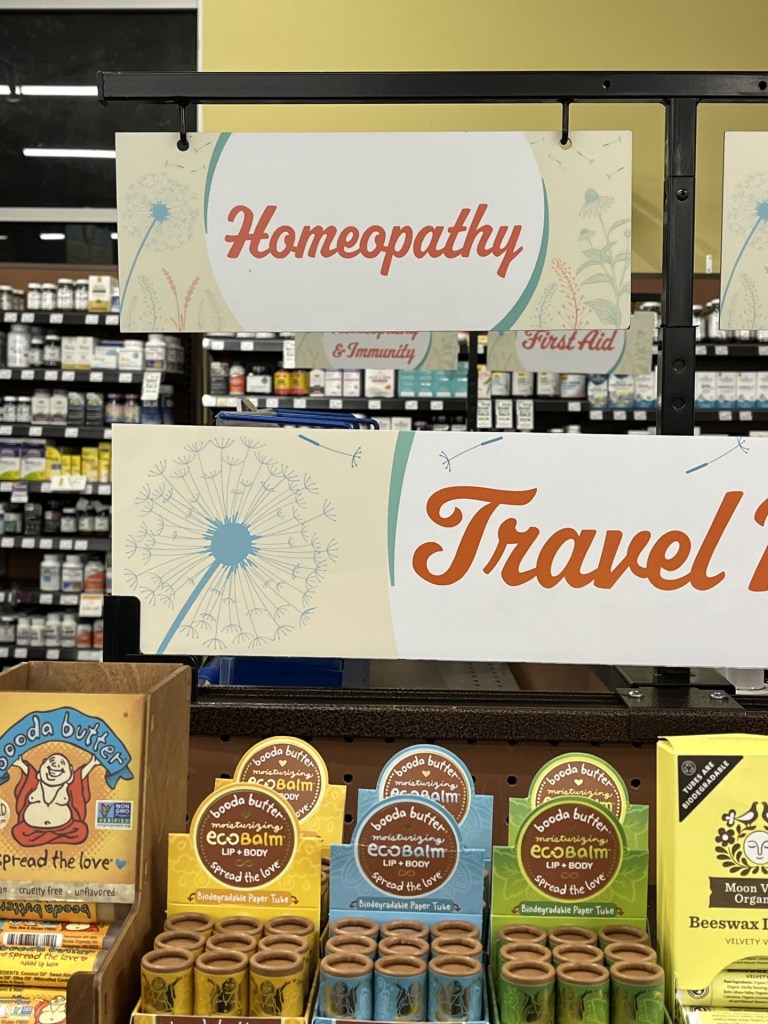A high-up worker in the pharma industry sent me a video from last month showing biologist Bret Weinstein apparently denying to Joe Rogan that AIDS is cause by infection with the human immunodeficiency virus (HIV). (That claim starts about three minutes in, but watch the whole video below.)
Apparently Weinstein subscribes to Rogan’s “competing hypothesis” that AIDS is simply group of symptoms caused not by a virus, but by taking “party drugs” (3:53). Weinstein finds that explanation “surprisingly compelling.” He also suggests darkly that Nobel laureate Kary Mullis—also an HIV denialist—died “strangely” (there were conspiracy theories about Mullis’s death). Then the video stops, but you can hear the whole 3½-hour episode here.
The first several minutes of the video below, which you’ll have to scroll back to see, show Weinstein expressing doubt that a virus also causes Covid-19.
You may remember that Weinstein and his partner, biologist Heather Heying, touted the antiparasitic drug ivermectin as a treatment and preventive for the “syndrome” known as Covid-19, even though there was no evidence that the drug was effective (see also here). In other words, Weinstein seems fond of heterodox and discredited causes of and treatments for diseases: he’s a medical conspiracy theorist.
The pharma guy who wrote me said this:
I don’t mean to obsess about BW, but after the Evergreen debacle and getting a modicum of credibility, he went crazy about COVID and the efficacy of ivermectin so much so that Sam Harris ripped him for conspiratorial thinking and now they’re enemies. I was livid because people like him were giving horrible medical advice to the public as a biologist-who-claims-to-be-an-authority and may have really harmed people who were listening to his claptrap. 3 weeks ago, he was on Joe Rogan’s show (which I don’t watch but saw a link) wherein he’s now giving airtime to the ‘AIDS is not caused by HIV’ conspiracy theory.As a member of Pharma industry who watched colleagues like myself craft thousands of molecules to become specific drugs tailored to fit and inhibit the active sites of HIV protease, reverse transcriptase, integrase, and to antagonize HIV binding to the chemokine receptor CCR5 that the virus uses to enter T-cells, I know for a fact that these drugs prevent AIDS by stopping HIV viral replication and entry. All were approved in Phase 3 with data and are used in various combinations to make drugs like the Quad pill that have suppressed HIV to undetectable levels, allowing HIV-infected individuals to lead pretty normal lives. Ergo, AIDS IS caused by HIV! QED.
There were then some words not suitable for a family-friendly site, but among them were the claims that Weinstein is “a conspicuous troll who is hurting people.”
VICE News has a summary of Weinstein’s appearance on Rogan and on their shared and bogus theory of AIDS. An excerpt:
Weinstein’s “evidence,” he made clear, is partially drawn from reading about this theory as outlined by Robert F. Kennedy in his book The Real Anthony Fauci, published in 2021. (One review of the book noted that Kennedy managed to misrepresent numerous scientific studies he cites, which does not make a strong case for its scientific rigor; nor does the fact that it was written by Robert F. Kennedy.)
“I came to understand later, after I looked at what Luke Montagnier had said and I read Bobby Kennedy’s book on Fauci, was that actually the argument against HIV being causal was a lot higher quality than I had understood, right?” Weinstein told Rogan. “That it being a real virus, a fellow traveler of a disease that was chemically triggered, that is at least a highly plausible hypothesis. And with Anthony Fauci playing his role, that was inconvenient for what he was trying to accomplish.”
. . .The conversation generated substantial outcry from scientists and public health researchers on Twitter; David Gorski, an oncologist who frequently writes about the anti-vaccine world and pseudoscience, identified the conversation as an example of “crank magnetism,” writing, “Once you go down the rabbit hole of pseudoscience, quackery, and conspiracy theories in one area (e.g., #COVID19), it is nearly inevitable that you will embrace fractal wrongness in the form of multiple kinds of pseudoscience (e.g., antivax, AIDS denial, etc.).”
And this is, of course, indisputably part of a larger pattern. Rogan and Weinstein regularly repeat discredited scientific ideas, mainly around their promotion of ivermectin as a treatment for COVID and Rogan’s constant promotion of anti-vaccine ideas. The AIDS conversation makes clear that COVID denialists are branching out, using their forms of pseudo-inquiry to draw other bad ideas back into the public discussion.
And from Wikipedia:
Appearing on a Joe Rogan podcast in February 2024, Weinstein erroneously stated that some people with AIDS were not infected with HIV and that he found the idea that AIDS was caused by a gay lifestyle, rather than the HIV virus, “surprisingly compelling”. The American Foundation for AIDS Research reacted to the podcast, saying “It is disappointing to see platforms being used to spout old, baseless theories about HIV. … The fact is that the human immunodeficiency virus (HIV), untreated, causes AIDS. … Mr. Rogan and Mr. Weinstein do their listeners a disservice in disseminating false information …”.
As for Weinstein’s implication that Karry Mullis’s death may have involved his “maverick” view that HIV didn’t cause AIDs (shades of Karen Silkwood!), Michael Shermer responded on February 16 with a tweet:
Dear @bretweinstein
On @JoeRogan you suggested that there was something mysterious about Kary Mullis’s death, and that since he was critical of Anthony Fauci you hinted that perhaps there was something nefarious about his death.I knew Kary, and I am still in touch with his wife…
— Michael Shermer (@michaelshermer) February 16, 2024
I’m especially distressed by this kind of quackery, which in the end can cost lives, by a man who started out in my own field, evolutionary biology. Now, having left Evergreen State far behind him, Weinstein appears to be trying to make a name for himself by being medically heterodox. It’s fine to question untested theories, but the evidence is now very, very strong that HIV causes AIDs and that Covid-19 is caused by a coronavirus.
People often say that “pseudoscience” isn’t that harmful. After all, what’s the danger in reading the astrology column or tarot cards? But that’s just the thin edge of the wedge that opens up medical pseudoscience like that given above. And that can kill people.





















